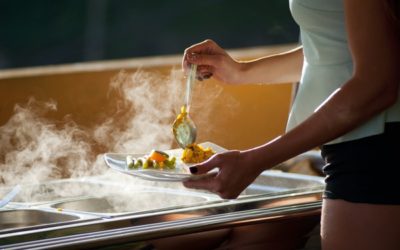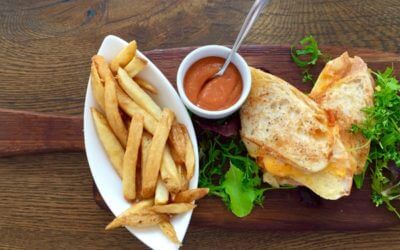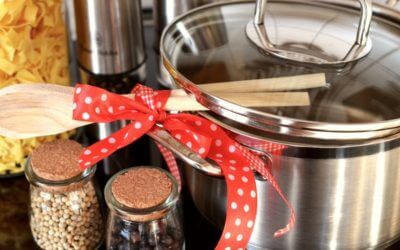Be Proactive: Assess and Address Risks in Your Restaurant
November 1, 2018As a restaurant owner or manager, you have a lot on your mind. You want employees to show up on time and ready to give great service. You want your food to be well-stocked, high quality, and ready to use.
With all of these moving parts, there are a lot of risks. You know that accidents are a fact of life, but what you may not know is that you can plan ahead for them. When you identify and minimize risks, you’ll save yourself time and money.
Here’s what you can do!
Front of the House
In the front of the house, you have the risk factors that affect your guests and servers. Take some time to walk around and notice if there are any gaps in the carpet, curled edges of rugs, or uneven floors.
You also want to make sure there are protocols in place for spills and broken dishes and glasses. Finally, think about the wet floors that can occur if it’s raining or snowing outside.
Other risk factors include the spacing of tables and chairs and the emergency processes you have in place if a guest has a medical emergency.
Finally, think about where guests and employees should go if there’s a tornado, and what the exit routes are in case of a fire. These ways should be clearly marked and employees should be trained and practice regularly!
While each of these elements represents a small risk, they are all things that should be addressed. There should be a plan in place if at all possible!
Back of the House
This is where your kitchen equipment is, and it’s the place with the most obvious risks as well. You want to be sure no equipment malfunctions, from stoves to refrigerators.
Cooks and back of house employees should wear non-slip shoes and be aware of all safety processes. They should use the kitchen equipment as intended. While there’s no problem with having fun during work, be sure they understand the importance of staying safe!
From fryers to knives to flattops and ovens, your kitchen equipment poses the most risk in your restaurant. Electrical shorts can cause fires, as can grease or too much food residue.
Address these risks with clear protocols on how to use everything in the kitchen, and easy-to-use emergency instructions in case something goes wrong.
Working Kitchen Equipment & Supplies are Essential
One of the biggest risks is when restaurant owners let equipment go too long without repairs or replacement.
Getting better kitchen equipment doesn’t have to be expensive. High-quality used items can save you money and keep your restaurant running smoothly.
Do you need help getting the right equipment for the right price? We’ve been serving Little Rock restaurants for years and we’d love to help you too. Contact us for more information today!
6 Keys to Choosing the Best Chafing Dishes for Your Restaurant
The chafing dish, also known as the chafer, is an essential piece of restaurant equipment for any establishment that wants to keep food hot. This type of restaurant equipment gets its name from the French word, chauffer, which means to heat, and it’s easy to see why....
Turning up the Dial on Commercial Fryers: How to Choose One for Your Restaurant
Fried food is a well-loved favorite. This is a fact. It also makes a fryer an important piece of equipment to have in your commercial kitchen. Just consider how many appetizers and sides require frying: onion rings, French fries, and fried green tomatoes are just a...
What’s in a Cooking Pot, How to Choose the Right One?
As a restaurant owner, your cooking needs might vary. Did you know that a good quality pot can greatly improve your cooking experience, while also improving the quality of your cooking? This cooking equipment is a very important one that cannot be done away with...



